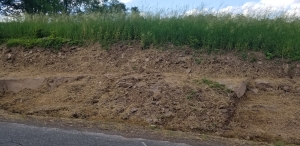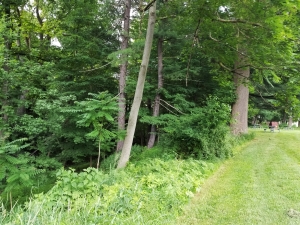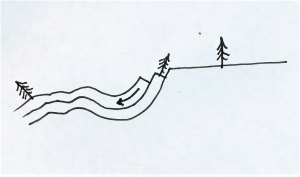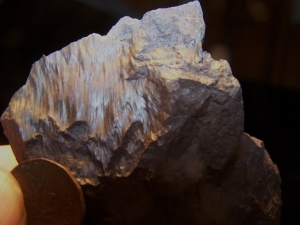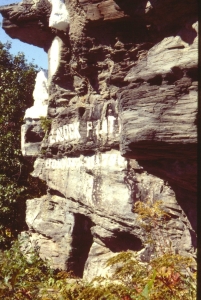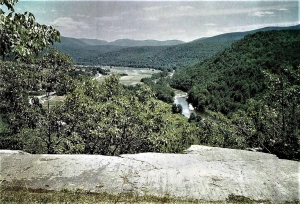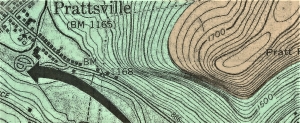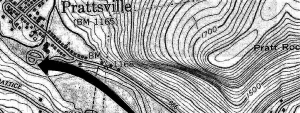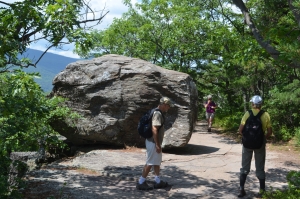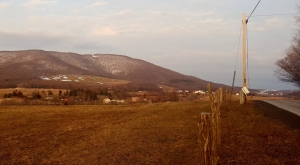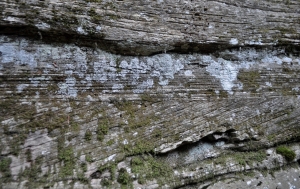A visit to Lester’s Cave July 11, 2024
A visit to Lester’s Cave
The Catskill Geologists; The Mountain Eagle; Aug. 2, 2019
Robert and Johanna Titus
We are guessing that virtually all of you have visited Howe Caverns. It’s the premier tourist attraction of our region. But there is a relatively new attraction in the same area
and we think that you will enjoy visiting it. That’s the Cave House Museum of Geology and Mining. Take Rte. 7 east from Cobleskill and turn left at Cave Road and left again at Blowing Rock Road. Drive a quarter mile and, presto, you are there.
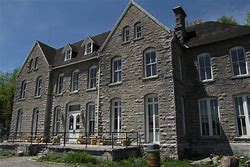
You will see what’s left of Lester Howe’s old hotel, Cave House. It had been in serous disrepair but is now on its way to restoration with the help of the Callanan Industries. Howe opened the hotel during the middle of the nineteenth century and its guests were mostly people who came to see his cave. There used to be a larger hotel building next door but that one built of wood and it, long ago, burned down. Cave House still needs lots of work but is on its way to becoming a genuine museum with a focus on the local geology. Staffed by dedicated volunteers, the museum is open every other summer Sunday. Check their facebook page before you go. When you get inside you can view a host of geologic specimens, most of them are local rocks, minerals and fossils. These have been donated by local geologists.
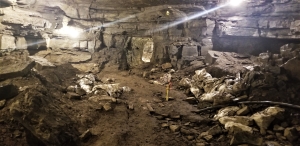
But here is the best part. Cave house is located quite some distance from the modern entrance to Howe Caverns. But in Lester Howe’s day the entrance was located right beneath the hotel. Guests would step outside, climb down a staircase and be led into and through the cave. You can do some of the same today; at least you can see some of the old cave.
The walls of the cave are composed of limestone, most of it specifically belonging to a unit called the Manlius Limestone. These rocks take us back almost 420 million years ago. The rocks are layered; we call each horizon a stratum; this is a stratified rock. Such limestones accumulated in a very shallow tropical sea. You would have to go to the Persian Gulf to see this type of sea today.
If you did visit the Persian Gulf and walked its beaches at low tide, you would see just the sorts of sediments that harden into strata like the Manlius. In fact, starting a half century ago, many geologists did just that They studied those sediments and compared them to the Manlius. What they learned about the Manlius was something of a scientific breakthrough.
We remember being shown Cave House many years ago, when it was literally falling down, so it is such a pleasure to see it going through this rebirth. We applaud all those involved in this project. There is more for us to write about here so we will return to this topic again – soon. We hope you will visit.
Contact the author’s at randjtitus@prodigy.net. Join their facebook page “The Catskill Geologist.”

